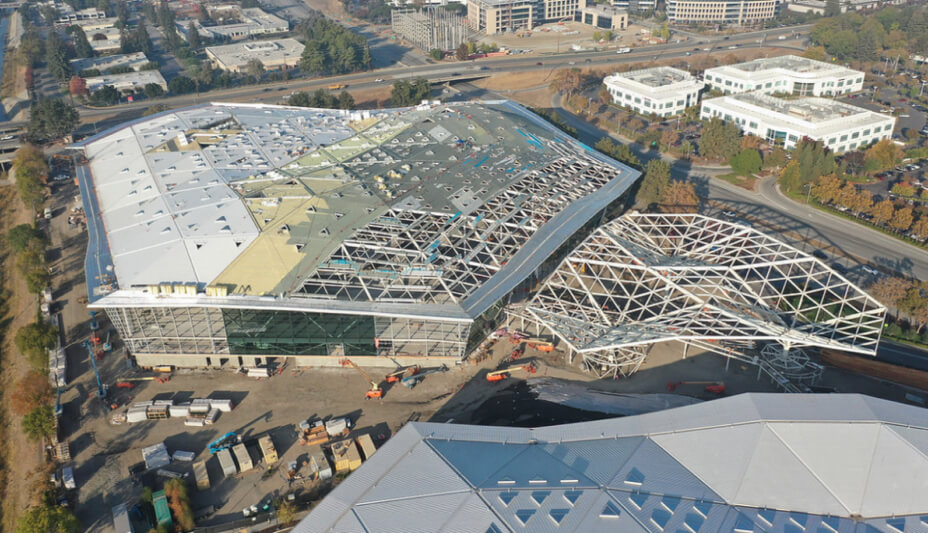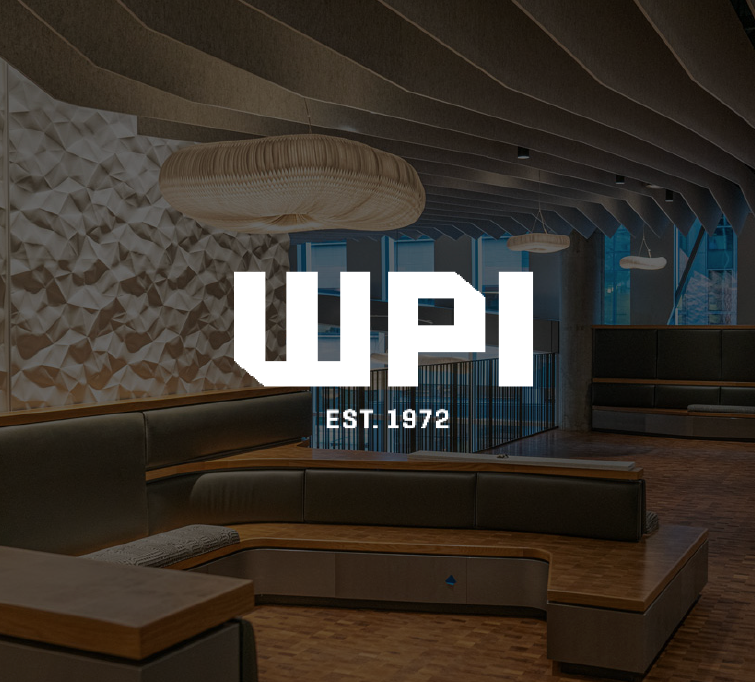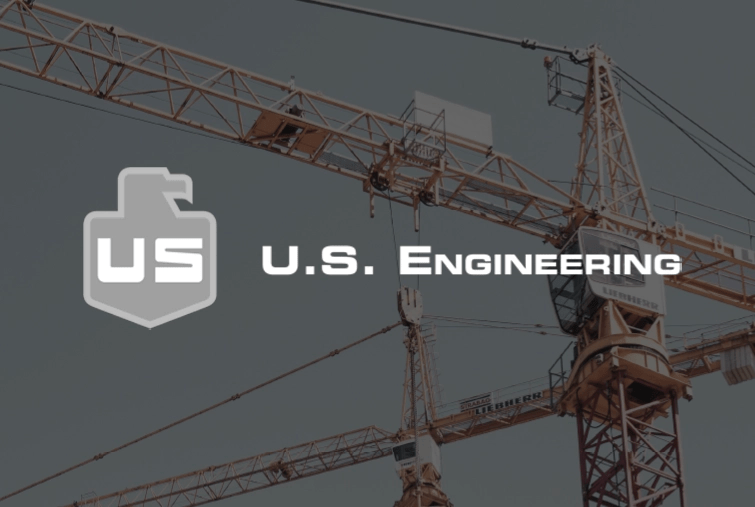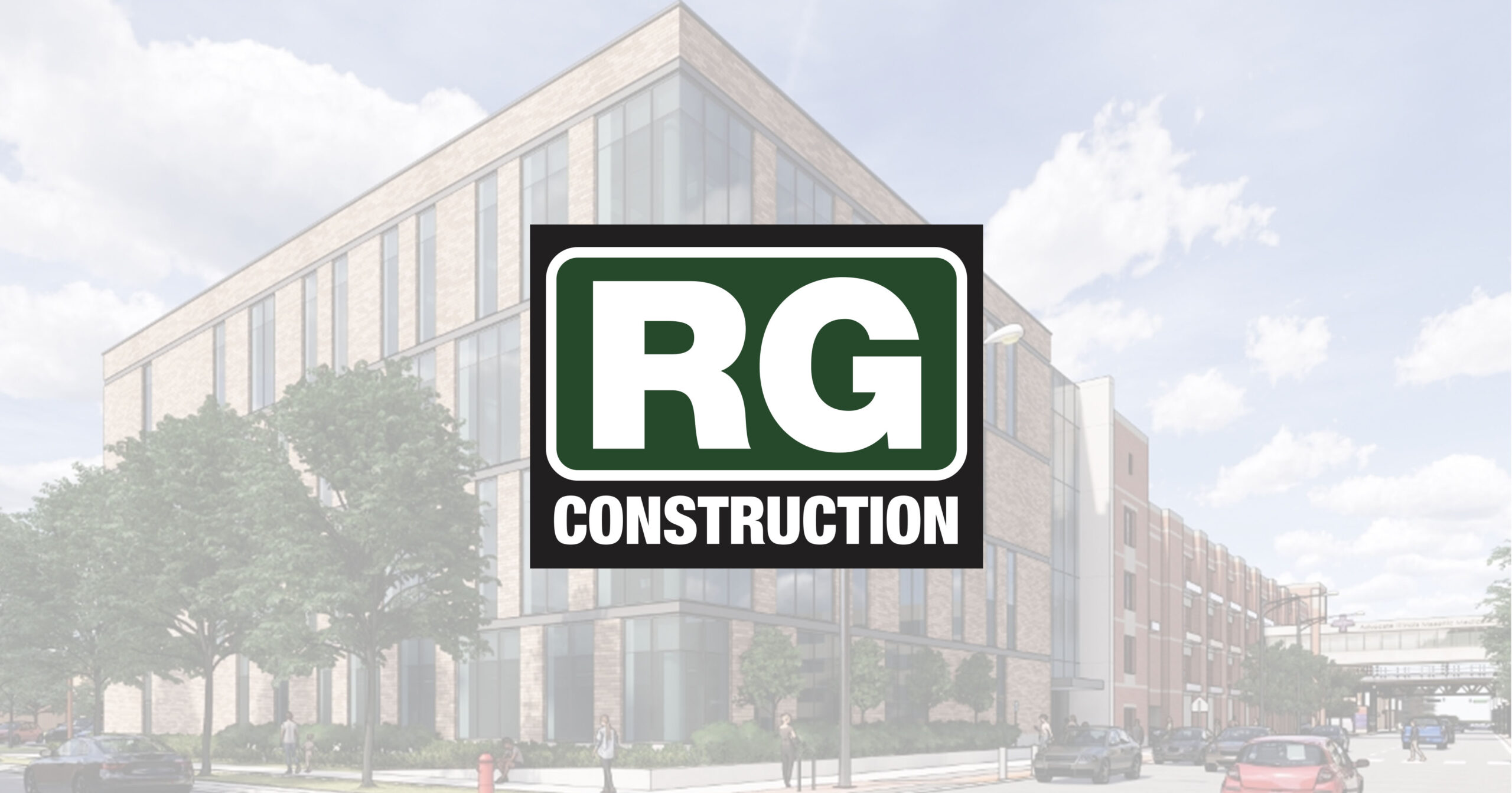The challenge
Bay Area-based Devcon Construction is in the midst of a three-year project to build a new headquarters for NVIDIA in Santa Clara, Calif. Due to the massive scale of the project, traditional manual documentation using an iPhone or digital camera didn’t seem viable. To enable detailed project tracking, the company needed a construction photo documentation solution that would enable it to capture the entire site weekly. To reach that frequency, the solution had to be simple to use and far less time-intensive than manual capture.
The solution
In March 2019 when they were halfway into the concrete podium pours, Devcon piloted OpenSpace and HoloBuilder, a competing 360 photo documentation solution, in 20,000- to 30,000-square-foot areas. Because OpenSpace automatically maps imagery to project plans, Devcon found it was two to three times faster to use. Field teams could simply mount a 360 camera to their hard hats and walk instead of having to pinpoint the exact location of each detail they captured. That process of manual mapping was particularly difficult in unfinished areas that still lacked walls or columns for orientation.
“Since OpenSpace captures automatically, I can walk and pay attention to what’s going on in the project instead of being so focused on the task of taking pictures,” said Jeffrey Flores, a Senior Project Engineer with Devcon. The time savings would be even more significant in larger areas, according to Flores. He estimates it would take 30 minutes to capture 280,000 square feet of an entire level of the project with OpenSpace, compared to a whole day using HoloBuilder.
Following the pilot, Devcon began using OpenSpace across all eight levels of the building, including the underground parking structure and roof. Every week, he and two other engineers do three types of captures: an area walk to get an overall picture of what’s happening on each level; a room walk where each room is captured; and an event walk to capture time-sensitive details before a regularly scheduled capture, such as a wall that’s about to be closed up.
“Having your project so well documented can save you from tearing into a finished wall, breaking into a concrete slab or digging up landscaping. You can easily go back in your OpenSpace history and see what was installed before it was covered up,” Flores said. “It removes guesswork.” OpenSpace also saves Devcon’s superintendent time. By accessing the virtual walkthrough feature for an accurate view of any area, he can make updates to the schedule without having to walk the site himself.
Having your project so well documented can save you from tearing into a finished wall, breaking into a concrete slab or digging up landscaping. It removes guesswork.

The results
The NVIDIA headquarters project is about a year from being completed, and Devcon intends to continue using OpenSpace for the duration. “Being able to see your job right away from every angle is very powerful,” Flores said. “It’s like having Google Street View for your project site.”
A more complete record
On projects reliant on traditional manual capture, a monthly report might contain only 20-30 photos. Now, the scale of capture is virtually unlimited, according to Flores, since OpenSpace makes it possible to cover every square foot of each level.
Reduced documentation time
Flores estimates that it’s 10 times faster to capture large areas of a job site using OpenSpace than with other 360 photo documentation solutions.
Being able to see your job right away from every angle is very powerful. It’s like having Google Street View for your project site.
Enhanced project tracking
One notable use case of OpenSpace has been to track the progress of first- in-place mockups, where Devcon builds out a block of conference or phone rooms with all finishes, including carpeting, furniture, lighting and paint. (The goal is to ensure that the owner is happy with the final product before the construction team proceeds to build the rest.) Tracking progress at a minute level of detail from week to week to ensure on-time delivery was crucial, and OpenSpace helped enable that.
More efficient workflow
In the past, if an issue arose and the construction team needed to write an RFI, they had to walk to the relevant location and take a picture or coordinate with a sub to get them to do it. With OpenSpace, documentation for RFIs is readily available.



